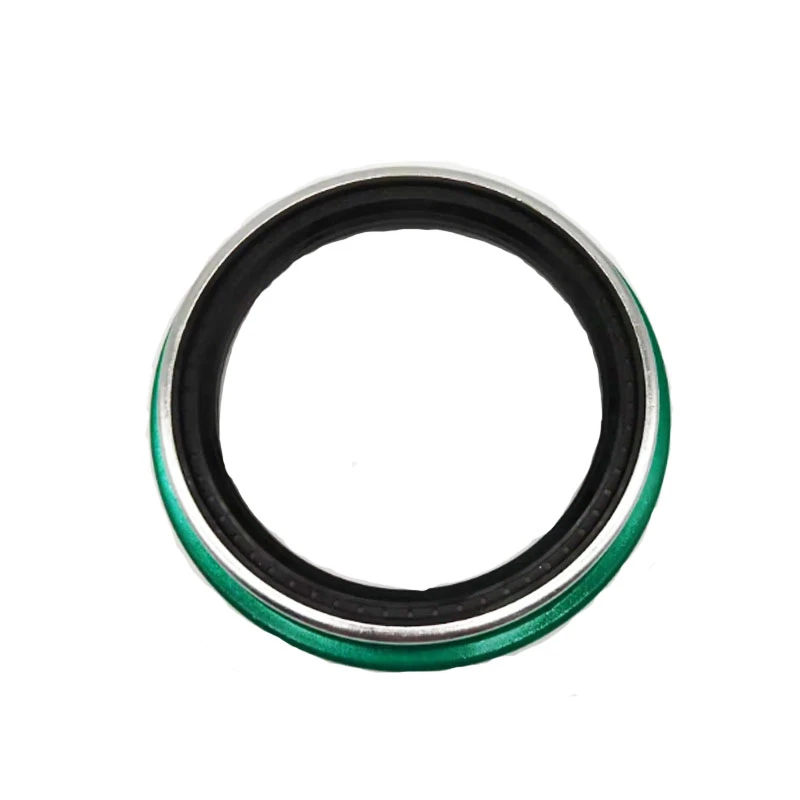Choosing the Right Oil Seal for Shock Absorbers in Automotive Applications
Understanding Shock Absorber Oil Seals Their Importance and Functionality
Shock absorbers are critical components in vehicle suspension systems, essential for ensuring a smooth and stable ride. They work by controlling the impact and rebound movement of the vehicle's springs and suspension. However, the performance of shock absorbers relies heavily on one vital element the oil seal. This article delves into the significance of shock absorber oil seals, their functionality, and the implications of their performance on overall vehicle dynamics.
What are Shock Absorber Oil Seals?
Shock absorber oil seals are mechanical components designed to prevent the leakage of hydraulic fluids and to keep contaminants out of the shock absorber housing. Typically made from durable materials such as rubber or polyurethane, these seals play a pivotal role in maintaining the integrity of the shock absorber’s internal mechanics. They form a barrier between the moving piston and the outside environment, ensuring optimal performance under various driving conditions.
Functionality of Oil Seals
The primary function of oil seals is to retain the shock absorber’s working fluid, which is essential for damping vibrations and absorbing shocks. When a vehicle encounters bumps or uneven surfaces, the shock absorber’s piston moves within a cylinder filled with hydraulic fluid. If the oil seal is compromised, it can lead to leakage, reducing the effectiveness of the shock absorber drastically. Consequently, this can result in a less controlled ride, increased wear and tear on suspension components, and potentially unsafe driving conditions.
Another important function of the oil seal is to protect the internal components of the shock absorber from dirt, moisture, and other debris. These contaminants can cause abrasion and damage to the piston and cylinder, leading to poor performance or even complete failure of the shock absorber over time.
Signs of a Failing Oil Seal
Awareness of the signs of a failing oil seal is crucial for vehicle owners. Common indicators include
shock absorber oil seal

1. Fluid Leaks One of the most obvious signs of a compromised oil seal is the presence of fluid on the ground beneath the vehicle or around the shock absorbers. This leakage can signal that the seal has worn out.
2. Poor Ride Quality If the vehicle begins to feel bouncy or excessively harsh over bumps, it may indicate that the shock absorbers are no longer functioning effectively due to seal failure.
3. Increased Stopping Distance A malfunctioning shock absorber can lead to longer stopping distances, a serious safety concern.
4. Abnormal Noises Unusual sounds, such as clunking or knocking from the suspension, may also suggest that the oil seal and consequently the shock absorber are failing.
Preventive Measures and Maintenance
Regular maintenance can extend the life of shock absorber oil seals. Vehicle owners should routinely inspect their suspension systems, checking for any signs of wear, tear, or leakage. Additionally, replacing shock absorbers at the manufacturer-recommended intervals will help prevent seal-related issues. When replacing shock absorbers, it’s advisable to use high-quality parts and ensure proper installation to mitigate the risk of premature seal failure.
Conclusion
In conclusion, shock absorber oil seals are vital to ensuring optimal suspension performance in vehicles. They prevent fluid leakage and protect internal components from contaminants, thus contributing to a safe and comfortable driving experience. By recognizing the signs of seal failure and adhering to a regular maintenance schedule, vehicle owners can ensure that their suspension systems remain in excellent condition, promoting safety and enhancing the longevity of their vehicles. Understanding and attending to the health of shock absorber oil seals is as crucial as any other aspect of vehicle maintenance, underscoring the intricate relationship between vehicle components and overall performance.
-
Simplifying Oil Changes: A Comprehensive Guide to Oil Drain Plugs and Their Variants
News Aug.04,2025
-
Mastering Oil Drain Maintenance: Solutions for Stripped, Worn, and Upgraded Oil Plugs
News Aug.04,2025
-
Fixing Oil Pan Plug Issues: Leaks, Stripped Nuts, and the Right Replacement Solutions
News Aug.04,2025
-
Everything You Need to Know About Oil Drain Plugs: Sizes, Fixes, and Upgrades
News Aug.04,2025
-
Choosing the Right Oil Drain Plug: A Guide to Sizes, Materials, and Drain Innovations
News Aug.04,2025
-
A Complete Guide to Automotive Drain Plugs: Types, Problems, and Innovative Solutions
News Aug.04,2025
-
The Ultimate Guide to Car Repair Kits: Tools and Essentials Every Driver Should Own
News Aug.01,2025
Products categories















